"The C Programming Language", 2nd edition, Kernigh
《c程序设计语言》英文的配套答案,所列页码均为英文版的。
Answer to Exercise 1-1
Answer to Exercise 1-2
Answer to Exercise 1-3
Answer to Exercise 1-4
Answer to Exercise 1-5
Answer to Exercise 1-6
Answer to Exercise 1-7
Exercise 1-8
Exercise 1-9
Exercise 1-10
Category 0
Category 1
Exercise 1-11
Exercise 1-12
Exercise 1-13
Exercise 1-14
Answer to Exercise 1-15, page 27
Answer to Exercise 1-16, page 30
Answer to Exercise 1-17, page 31
Answer to Exercise 1-18, page 31
Answer to Exercise 1-19, page 31
Answer to Exercise 1-20, page 34
Answer to Exercise 1-21, page 34
Answer to Exercise 1-22, page 34
Category 1 Solution
Answer to Exercise 1-23, page 34
Category 0 Solutions
Category 1 Solutions
Answer to Exercise 1-24, page 34
Answer to Exercise 2-1, page 36
Answer to Exercise 2-2, page 42
Answer to Exercise 2-3, page 46
Answer to Exercise 2-4, page 48
Answer to Exercise 2-5, page 48
Answer to Exercise 2-6, page 49
Answer to Exercise 2-7, page 49
Answer to Exercise 2-8, page 49
Answer to Exercise 2-9, page 51
Answer to Exercise 2-10, page 52
Answer to Exercise 3-1, page 58
Answer to Exercise 3-2, page 60
Answer to Exercise 3-3, page 63
Answer to Exercise 3-4, page 64
Answer to Exercise 3-5, page 64
Answer to Exercise 3-6, page 64
Answer to Exercise 4-1, page 71
Answer to Exercise 4-2, page 73
Answer to Exercise 4-3, page 79
Answer to Exercise 4-4, page 79
Answer to Exercise 4-5, page 79
Answer to Exercise 4-6, page 79
Answer to Exercise 4-7, page 79
Answer to Exercise 4-8, page 79
Answer to Exercise 4-12, page 88
Answer to Exercise 4-13, page 88
Answer to Exercise 4-14, page 91
Answer to Exercise 5-1, page 97
Answer to Exercise 5-2, page 97
Answer to Exercise 5-3, page 107
Answer to Exercise 5-4, page 107
Answer to Exercise 5-5, page 107
Exercise 5-6, page 107
Answer to Exercise 5-7, page 110
Exercise 5-8
Exercise 5-9, page 114
Answer to Exercise 8-6, page 189
Answer to Exercise 5-10, page 118
Answer to Exercise 5-11, page 118
Answer to Exercise 5-13, page 118
Answer to Exercise 5-14, page 121
Answer to Exercise 6-1, page 136
Answer to Exercise 6-3, page 143
Answer to Exercise 6-4, page 143
Answer to Exercise 6-5, page 145
Answer to Exercise 7-1, page 153
Answer to Exercise 7-2, page 155
Answer to Exercise 7-3, page 156
Answer to Exercise 7-6, page 165
Answer to Exercise 7-8, page 165
Answer to Exercise 7-9, page 168
Answer to Exercise 8-1, page 174
Answer to Exercise 8-3, page 179
Answer to Exercise 8-4, page 179
Answer to Exercise 8-6, page 189
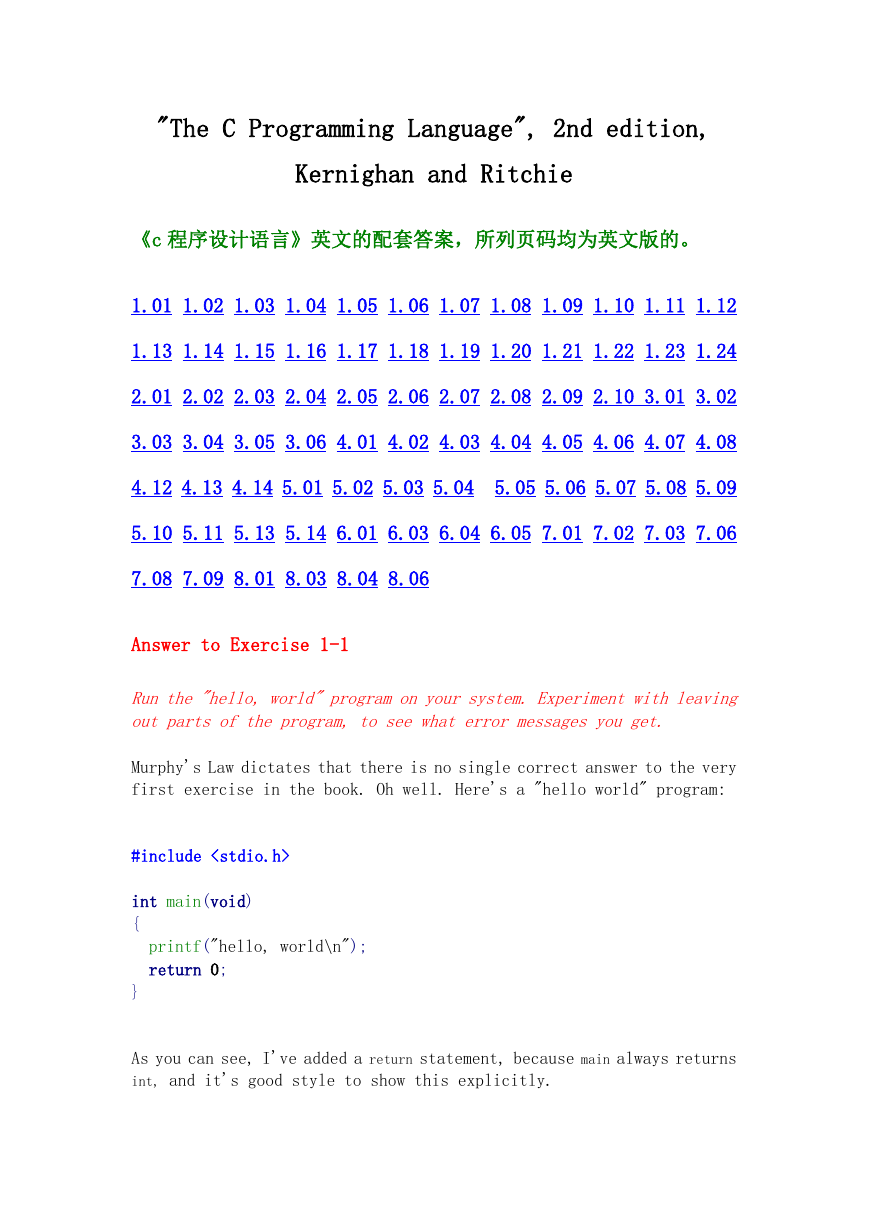
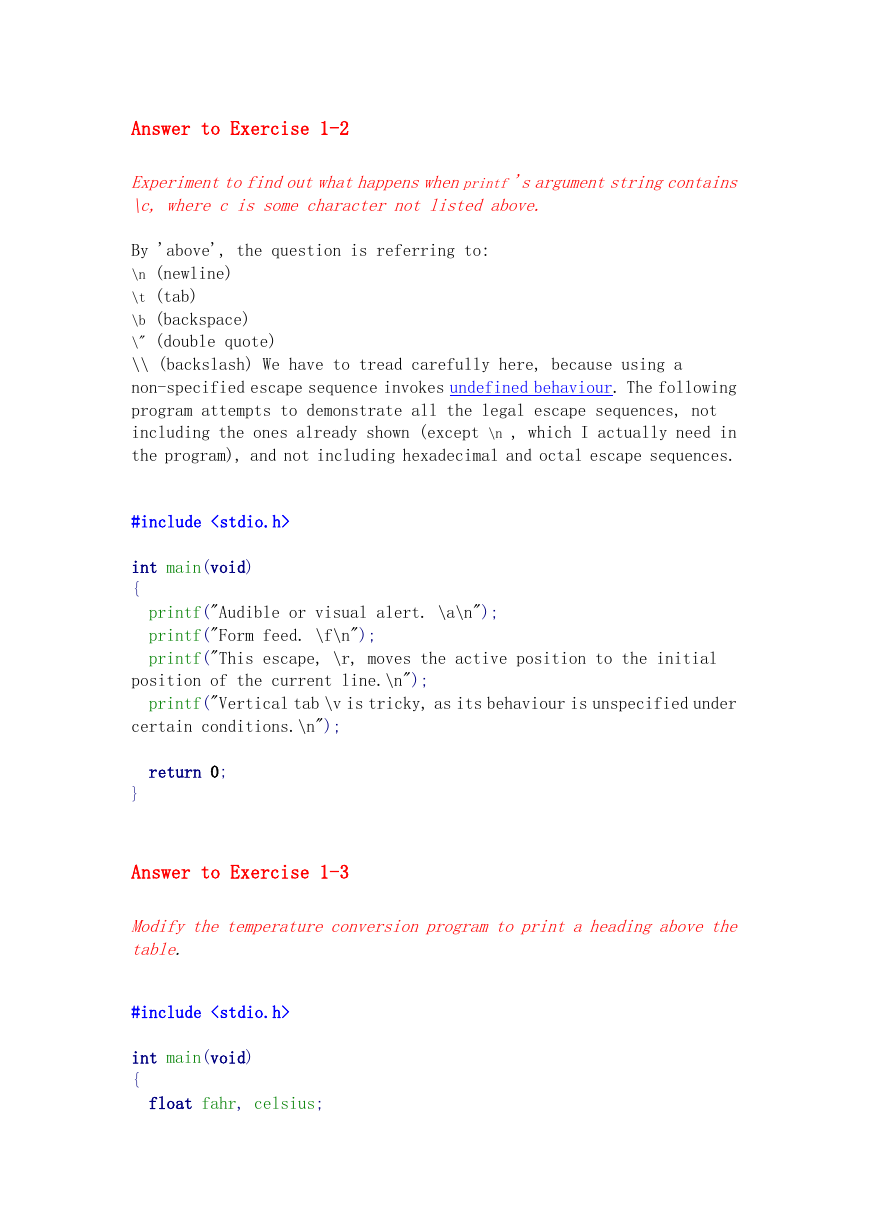
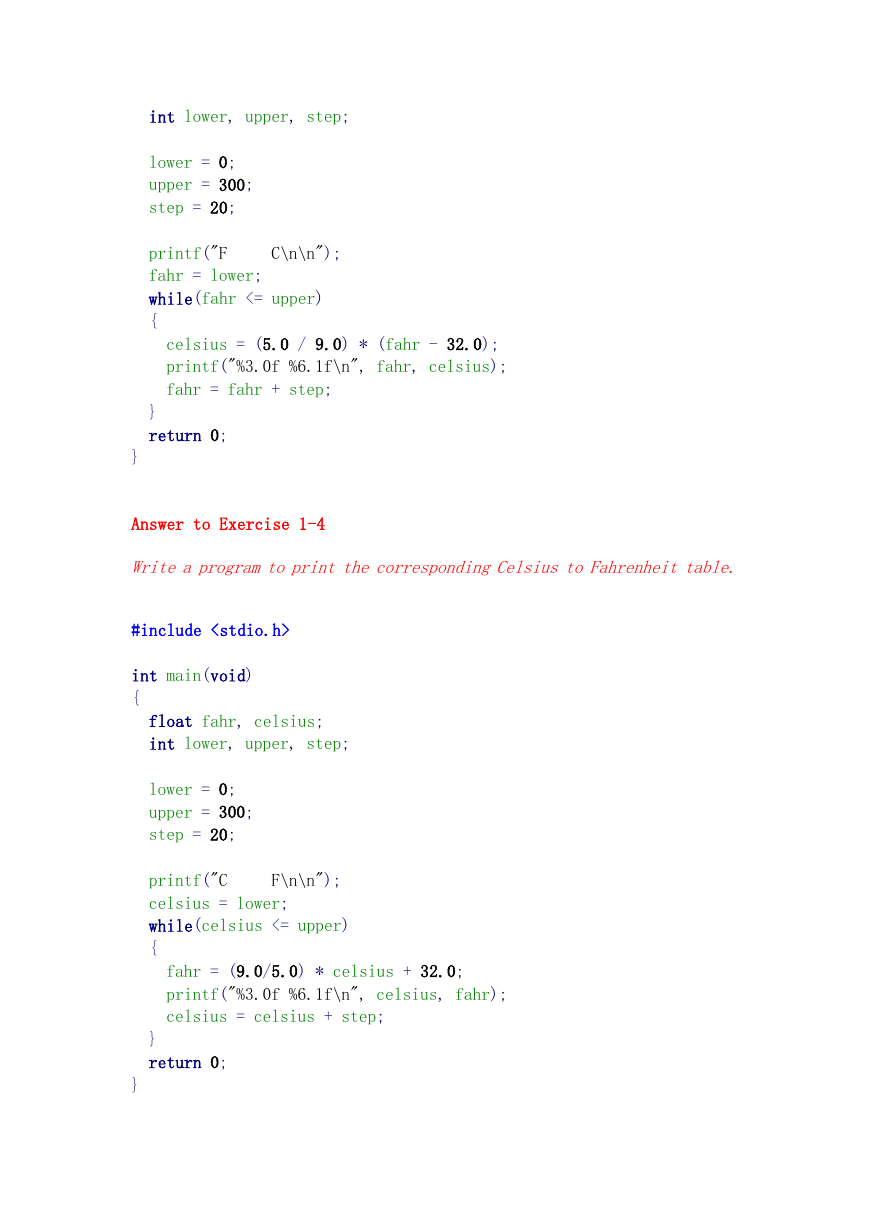
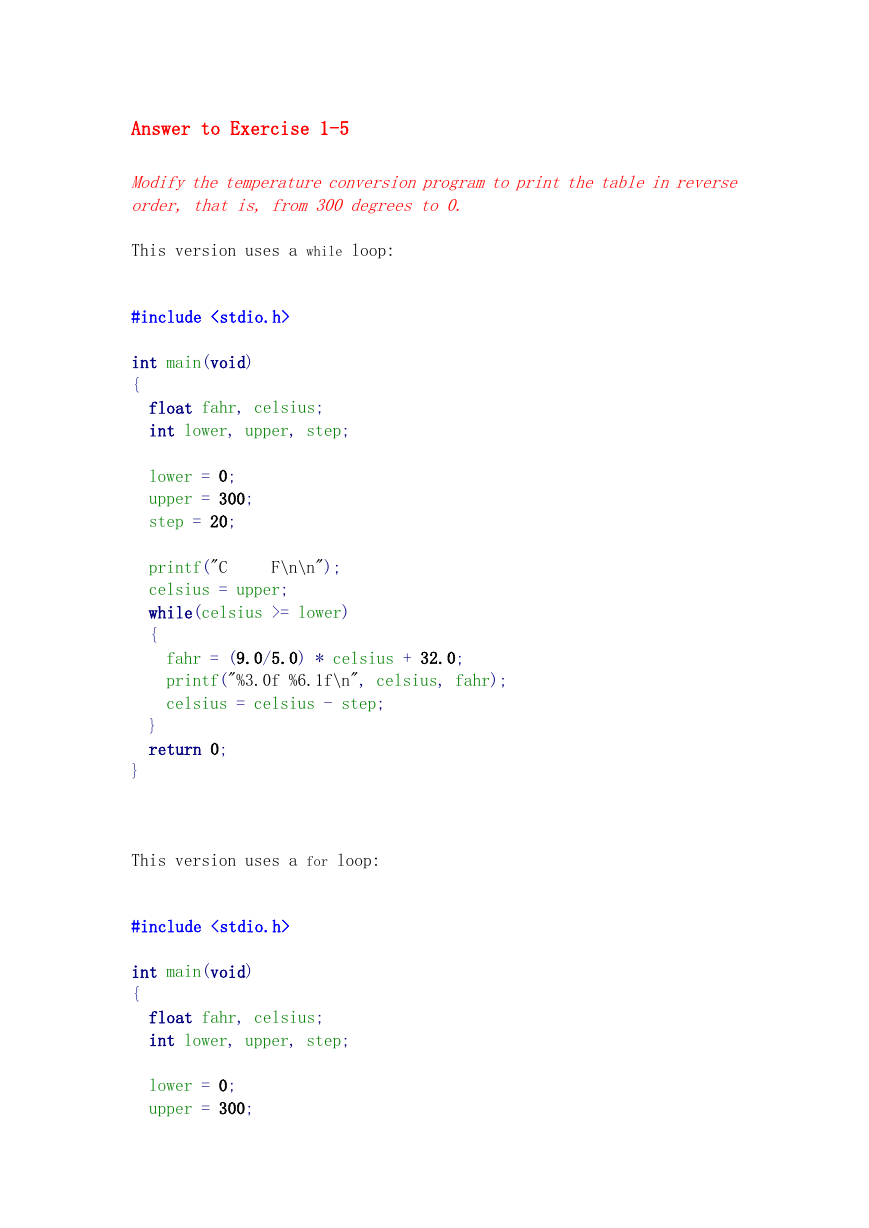
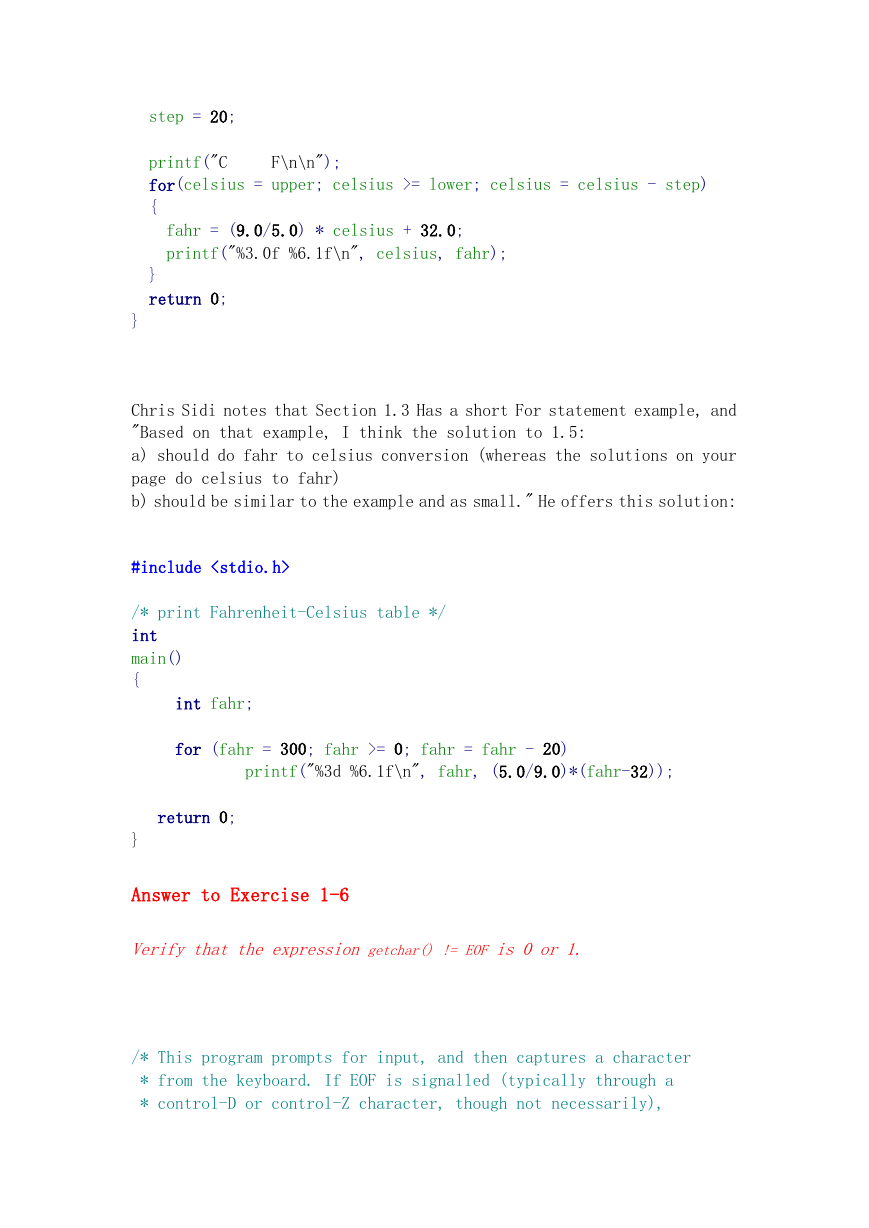
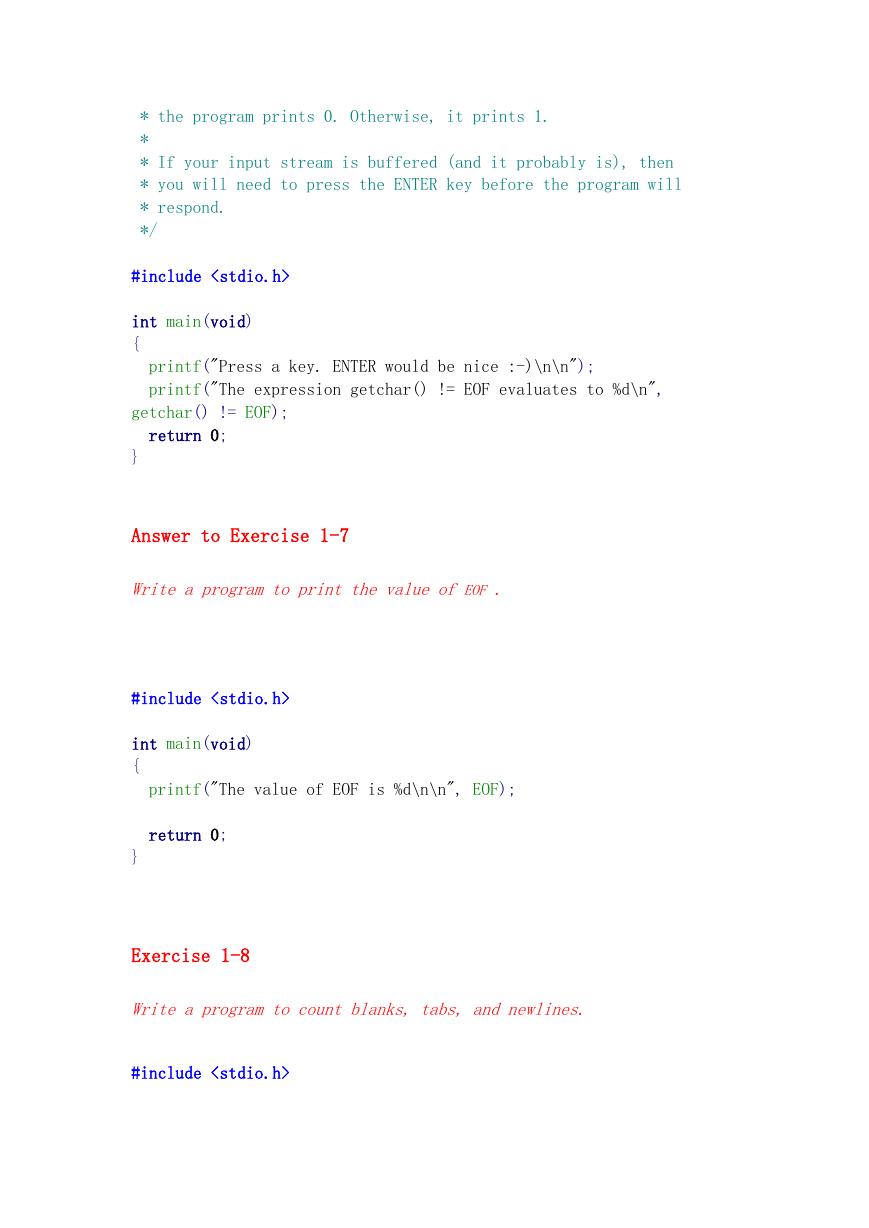
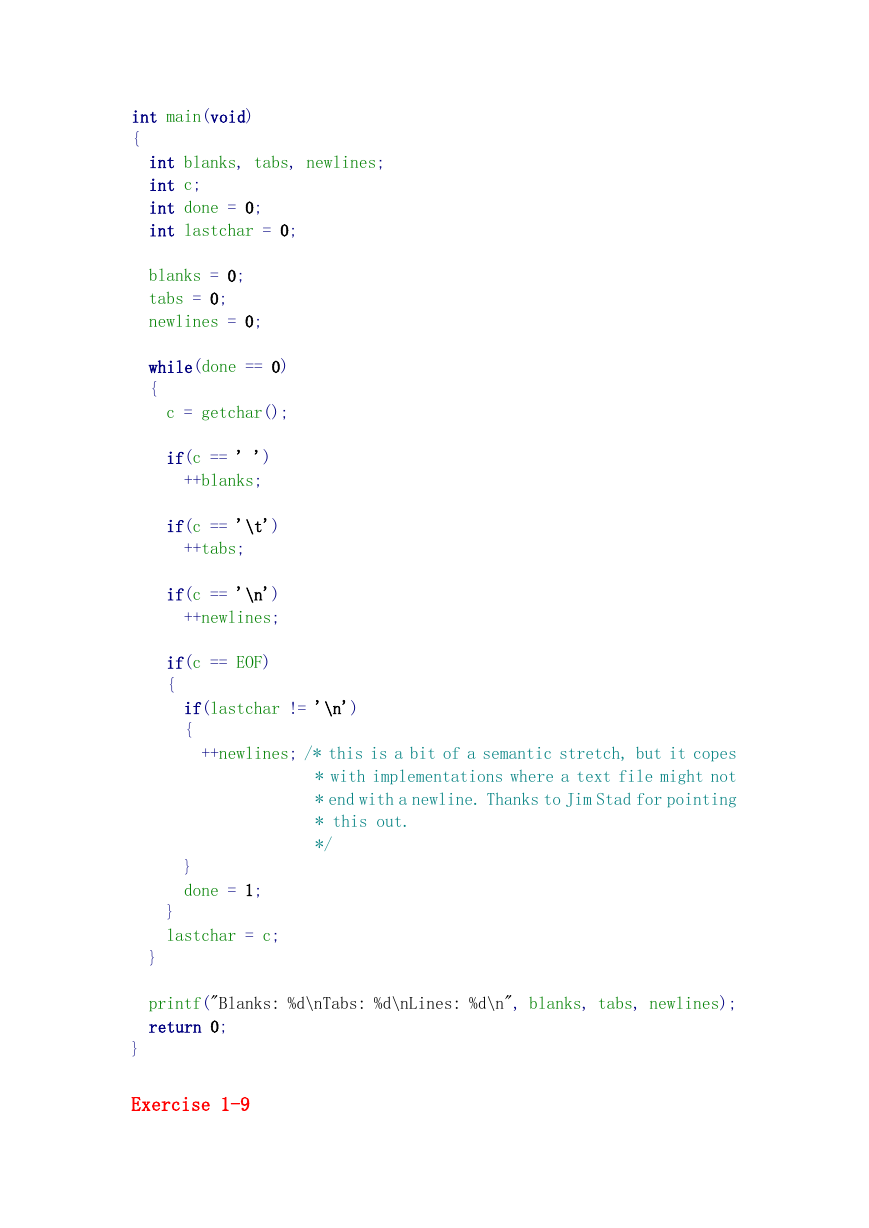
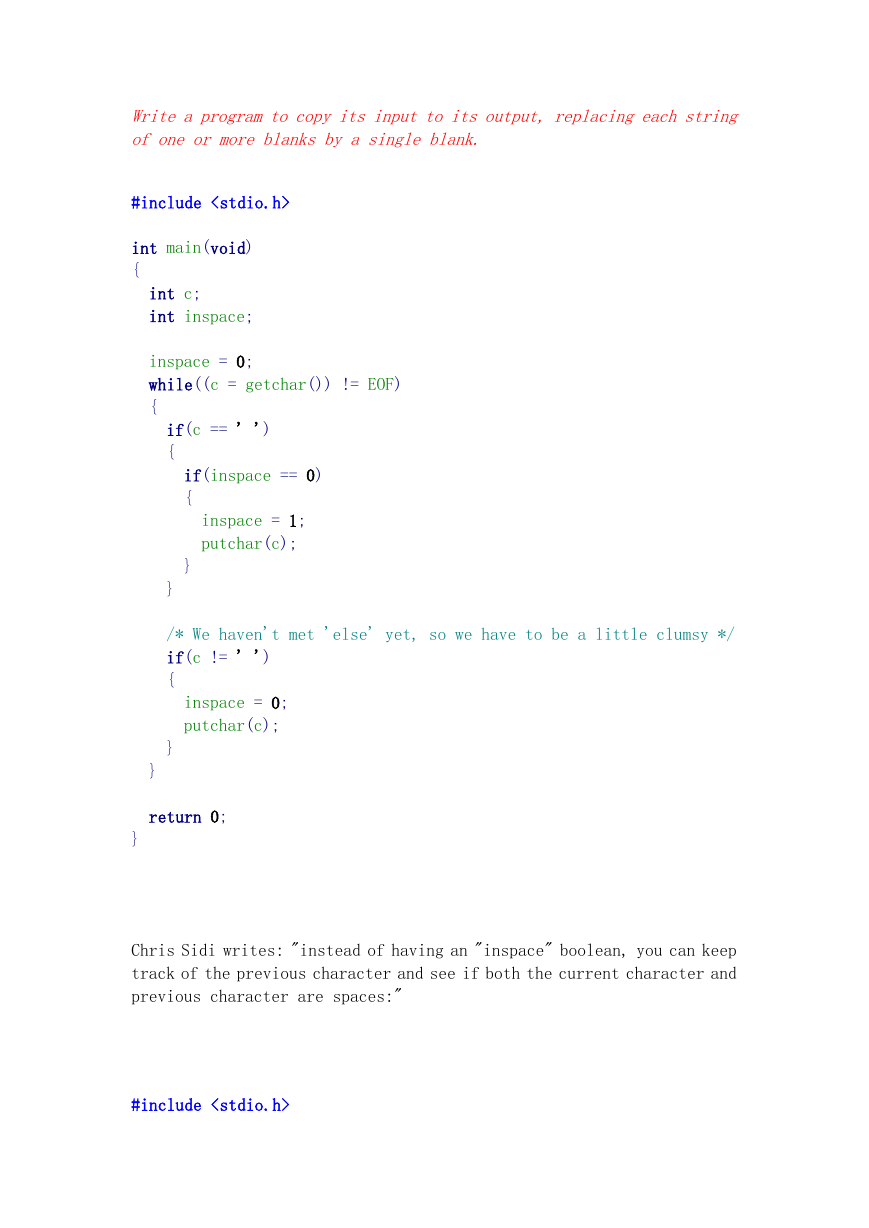








 2023年江西萍乡中考道德与法治真题及答案.doc
2023年江西萍乡中考道德与法治真题及答案.doc 2012年重庆南川中考生物真题及答案.doc
2012年重庆南川中考生物真题及答案.doc 2013年江西师范大学地理学综合及文艺理论基础考研真题.doc
2013年江西师范大学地理学综合及文艺理论基础考研真题.doc 2020年四川甘孜小升初语文真题及答案I卷.doc
2020年四川甘孜小升初语文真题及答案I卷.doc 2020年注册岩土工程师专业基础考试真题及答案.doc
2020年注册岩土工程师专业基础考试真题及答案.doc 2023-2024学年福建省厦门市九年级上学期数学月考试题及答案.doc
2023-2024学年福建省厦门市九年级上学期数学月考试题及答案.doc 2021-2022学年辽宁省沈阳市大东区九年级上学期语文期末试题及答案.doc
2021-2022学年辽宁省沈阳市大东区九年级上学期语文期末试题及答案.doc 2022-2023学年北京东城区初三第一学期物理期末试卷及答案.doc
2022-2023学年北京东城区初三第一学期物理期末试卷及答案.doc 2018上半年江西教师资格初中地理学科知识与教学能力真题及答案.doc
2018上半年江西教师资格初中地理学科知识与教学能力真题及答案.doc 2012年河北国家公务员申论考试真题及答案-省级.doc
2012年河北国家公务员申论考试真题及答案-省级.doc 2020-2021学年江苏省扬州市江都区邵樊片九年级上学期数学第一次质量检测试题及答案.doc
2020-2021学年江苏省扬州市江都区邵樊片九年级上学期数学第一次质量检测试题及答案.doc 2022下半年黑龙江教师资格证中学综合素质真题及答案.doc
2022下半年黑龙江教师资格证中学综合素质真题及答案.doc